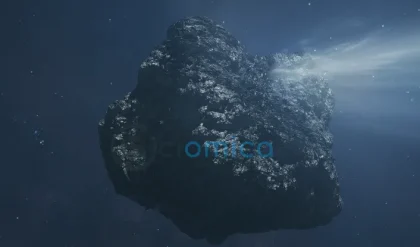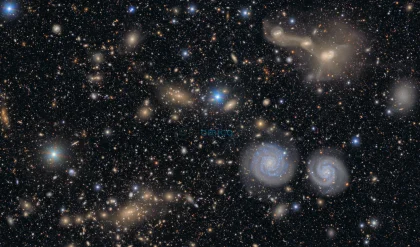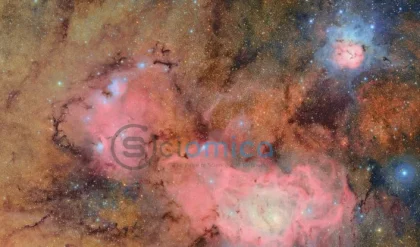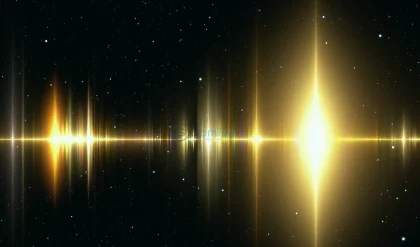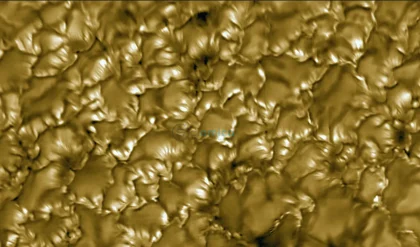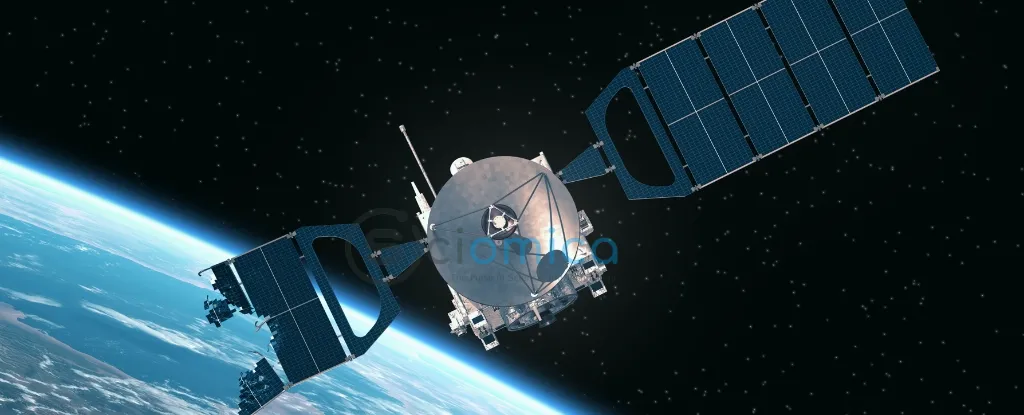
Researchers have raised alarms over a potential asteroid impact on the Moon in 2032 that could have significant consequences for Earth. The asteroid, designated 2024 YR4, measures approximately 60 meters in width and has been deemed large enough to cause substantial damage, with the possibility of sending debris hurtling toward our planet and creating a spectacular meteor shower.
Earlier this year, there were significant concerns regarding the likelihood of 2024 YR4 colliding with Earth on December 22, 2032. Initially, scientists assigned a 3.1 percent chance of the asteroid striking our planet, a probability considered unprecedented for such a sizable object. Yet subsequent observations using advanced telescopes have ruled out a direct collision with Earth.
However, the potential for the asteroid to impact the Moon has increased, now estimated at 4.3 percent, per data collected from the James Webb Space Telescope in May. This is a concerning development as a collision with the Moon would not go quietly; it is projected that the event would release an energy comparable to a large nuclear explosion and could eject up to 100 million kilograms (or about 220 million pounds) of material into space.
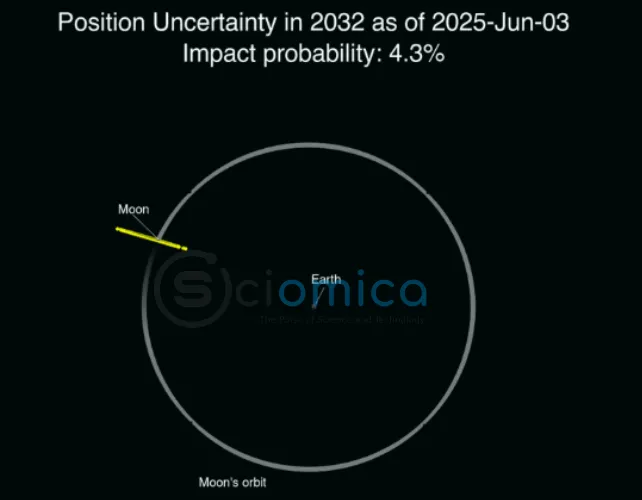
Paul Wiegert, the lead author of the study from the University of Western Ontario, commented on the potential implications of such a collision. “It would be the largest asteroid to impact the Moon in around 5,000 years,” he stated, emphasizing the unprecedented nature of the event. The research also highlighted that if the asteroid were to collide with the side of the Moon facing Earth, upwards of 10 percent of the debris could be drawn into Earth’s orbit due to gravity.
While Earth’s atmosphere would mitigate the effects of smaller rocks (millimeter to centimeter-sized), there is cause for concern regarding larger meteors potentially damaging satellites. “A centimeter-sized rock traveling at tens of thousands of meters per second is a lot like a bullet,” Wiegert warned. Following the impact, it is anticipated that Earth would experience at least 1,000 times the normal volume of meteors in orbit.
Notably, the event could present a visually stunning display for observers on Earth, with a meteor shower lighting up the night sky. Despite the heightened excitement around the asteroid, Wiegert reiterated that the odds of a direct hit on the Moon remain low at just two percent.
As researchers continue to monitor 2024 YR4, its next visibility won’t occur until 2028, leaving a crucial gap for further observations and evaluations. If evidence points to a possible collision, humanity would likely have enough time to strategize a mission to avert a disaster. “I’m sure it will be considered,” Wiegert stated.
The asteroid is smaller than Dimorphos, which was recently targeted by NASA’s DART mission to effectively change its trajectory. If 2024 YR4 is indeed on a path toward the Moon, it could serve as another opportunity to test planetary defense systems, according to Wiegert, who cautioned that deflecting an asteroid on a collision course with Earth would pose considerable risks.
The findings of this preprint study are submitted for consideration in the Astrophysical Journal Letters.

